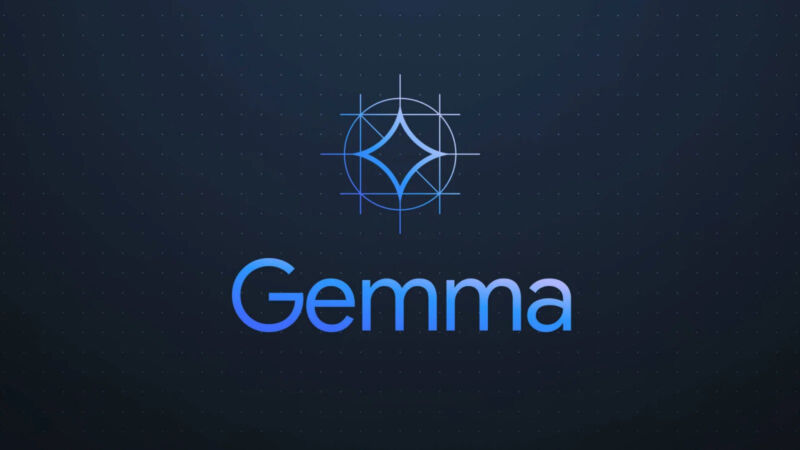Lama Kadabra je nová verze svižné karetní hry
Řadu karetních her s lamou doplnila novinka Lama Kadabra. Určena je pro 2–6 hráčů od 8 let. Jejím autorem je známý Reinera Knizia. Navazuje na původní hru Lama a na hru Lama párty. K původním principům přidává několik nových prvků, které celkově zpestřují hru.
Vaším cílem ve hře je zbavit se svých karet, abyste nedostali trestné body, a zbavovat se již získaných trestných bodů. V nové variantě Lama Kadabra můžete žetony získávat či se jich zbavovat i během kola. Můžete dokonce donutit ostatní hráče, aby si vzali ty vaše. V balíčku je 60 karet, mají hodnoty 1 až 6 a nechybí známe lamy, nově zde najdete karty v hodnotách 2/3 a 4/5. Novinkou je velká karta jeviště.

Ve svém tahu provedete jednu ze tří akcí. Primárně se snažíte zbavovat karet, tím že je vynesete na odhazovací balíček. Můžete vynést kartu stejné hodnoty nebo přesně o 1 vyšší. Lama má současně hodnotu 0 a 7. Můžete ji vynést na kartu hodnoty 6 nebo na jinou lamu, ale také na 1. Další vaší možností je dobrat kartu. Pokud dojde dobírací balíček, nový nevytváříte. Poslední možností je odstoupení z kola. Pak odložíte karty a již se kola nezúčastníte.
U karet, na nichž jsou uvedeny dvě různé hodnoty, si můžete vybrat, kterou využijete. Speciální karty poskytují kromě hodnoty i speciální akci. Po vynesení těchto karet musíte provést danou akci. Symbol kolečka vám umožní předat žeton nejnižší hodnoty libovolnému soupeři. Symbol obdélníků znamená, že další hráč v pořadí si dobere kartu. Když zahrajete kartu se symbolem hvězdy, vezmete si modrý magický žeton, ať už je v tu chvíli kdekoliv.
Magický žeton vám umožní přeskočit váš tah. Pokud vám ale zůstane na konci kola, přinese vám 10 trestných bodů.


Novinkou ve hře je LAMAgická show. Když vynesete lamu, umístíte žeton nejnižší hodnoty na kartu jeviště. A pokud jste na tahu ve chvíli, kdy je jeviště plné, musíte vynést lamu, odhodit magický žeton nebo si vzít veškeré žetony z jeviště.
Konec kola nastane, když někdo vynese svou poslední kartu, nebo když všichni odstoupí z kola. Pak si spočítáte trestné body za karty, které vám zbyly, odpovídají jejich hodnotě – každá hodnota se ale počítá jen jednou (za tři čtyřky dostanete jen 4 trestné body), za lamu je 10 trestných bodů. Z banku si vezmete příslušný počet žetonů. Pokud se vám podařilo zbavit všech karet, můžete vrátit jeden libovolný žeton (bílý s hodnotou či černý s hodnotou 10).
Hra končí, když má na konci kola některý hráč alespoň 40 trestných bodů. Zvítězí hráč s nejméně trestnými body.
Jedná se o jednodnoduchou karetní hru pro celou rodinu i příležitostné hráče. Čeká vás více rozhodnutí a interaktivních efektů. Je svižná, takže jednu partii zvládnete za čtvrt hodiny.


Související články:
- MindOK již má LAMU (novinka)
- Hra Lama bude mít nástupce Lama párty (chystá se)
- MindOK vydá oceněnou rodinnou hru LAMA (chystá se)
The post Lama Kadabra je nová verze svižné karetní hry appeared first on Hrajeme.cz.





